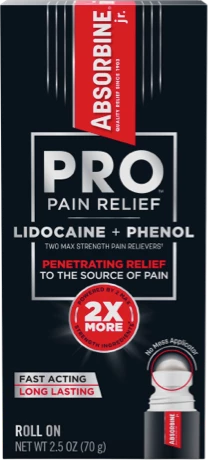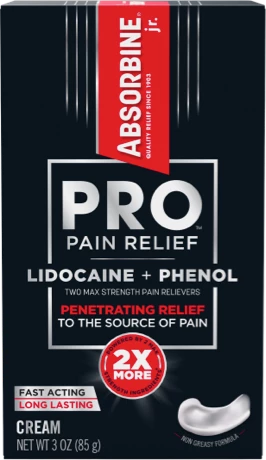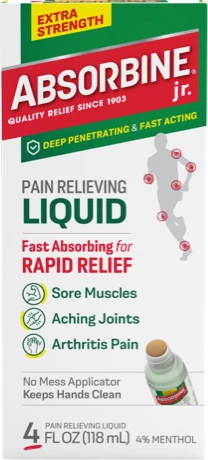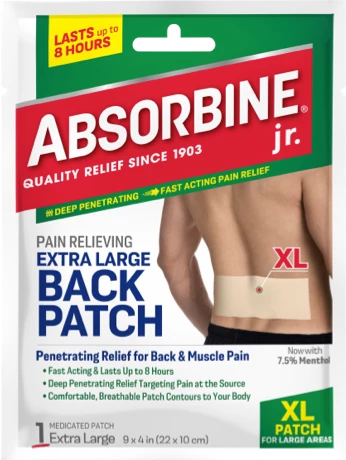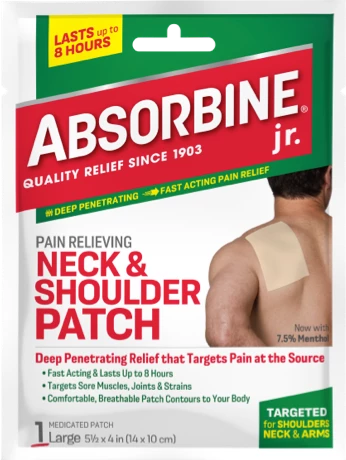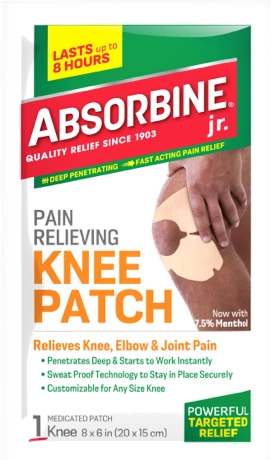How You Can Manage Back Pain from Home
Work or sports injuries, conditions such as fibromyalgia or spinal stenosis, bad posture, arthritis, bone conditions such as osteoporosis and muscle strain can cause back pain. Most individuals deal with back issues and pain at some point in their lives, but some people have chronic or recurrent problems that motivate them to seek relief.
Back pain can keep you from being able to function normally at work, and at home. You may not be able to sit down or stand up for long periods of time with upper or lower back pain, and the pain that you feel can last for days or weeks. Thankfully there are options to help reduce or eliminate pain, such as change in habits, over-the-counter, or doctor prescribed medications, topical analgesics, and exercise that have been proven effective.
Exercise
Doing cardiovascular exercises can allow you to improve your overall health, as well as your back health. Activities such as running, walking, swimming, biking, dancing, and lifting weights are very beneficial for your body. Certain workouts and stretches, such as crunches, lumbar stabilization exercises, wall squats and hamstring stretches, will likely reduce lower back pain, but be sure to consult a physician or physical therapist before starting any new exercise program. Also, a healthy diet and a regular sleep schedule are also best practice to combine with exercise.
Posture
Maintaining good posture, especially if you work on a computer, can also help you to prevent or reduce lower back pain and neck problems. The key to having good posture is keeping your back in a straight position instead of bending it, something that can be difficult when you sit in front of a computer for long periods of time. If possible, you should use an ergonomic chair that offers support for your back. Also, good core strength helps with slouching and has been proven to help with good posture and lower back pain.
Medication
When you feel intense lower back pain, you have the choice to use proven over-the-counter remedies to reduce pain and inflammation. Certain pain relievers, such as acetaminophen and NSAIDS(nonsteroidal anti-inflammatory drugs) can provide temporary pain relief.
Topical Analgesics
Topical creams, patches, and ointments, such as Absorbine Jr., are proven effective in fighting muscle and arthritis pain. Absorbine Jr. contains natural ingredients and has been used by generations of individuals for over 100 years, to relieve sore muscles, arthritis symptoms and back pain. Ingredients such as menthol, camphor, lidocaine, and capsaicin have been shown to help pain when applied topically. Heat and cold packs have also been shown to help with inflammation and soreness as well.
If you continue to have back problems over a long period of time, you may need a visit to your physician for guidance on what your next steps should be. They may recommend a chiropractor, massage therapist or physical therapy for treatment. More invasive treatments such as cortisone injections or surgery may be necessary in the case of severe injury. Make sure you’re listening to your body and let your pain levels guide you in how to properly address your back pain.
Use as Directed.

